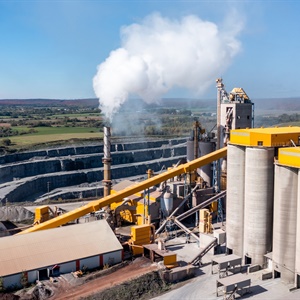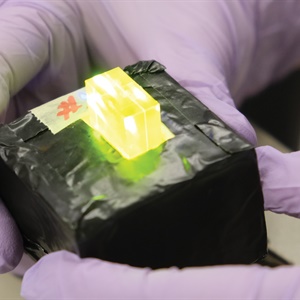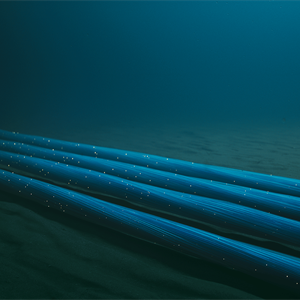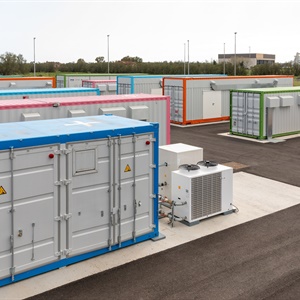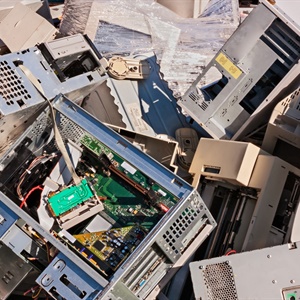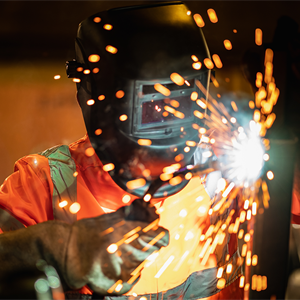Driverless taxis and buses to hit UK roads in spring 2026
Pilots of self-driving taxi and bus services will be launched in spring 2026, the government has announced, as it looks to attract UK investment in the burgeoning technology. Over the last few years, both MPs and the automotive sector have warned that the UK risks squandering its lead in self-driving technology if the legislation to make its operation possible on public roads is not quickly passed. But transport secretary Heidi Alexander has now confirmed that the government will fast-track driverless car pilots and introduce self-driving commercial pilots on England’s roads. Firms will initially be able to pilot small-scale ‘taxi- and bus-like’ services without a safety driver for the first time – which could be available to members of the public to book via an app – before a potential…

